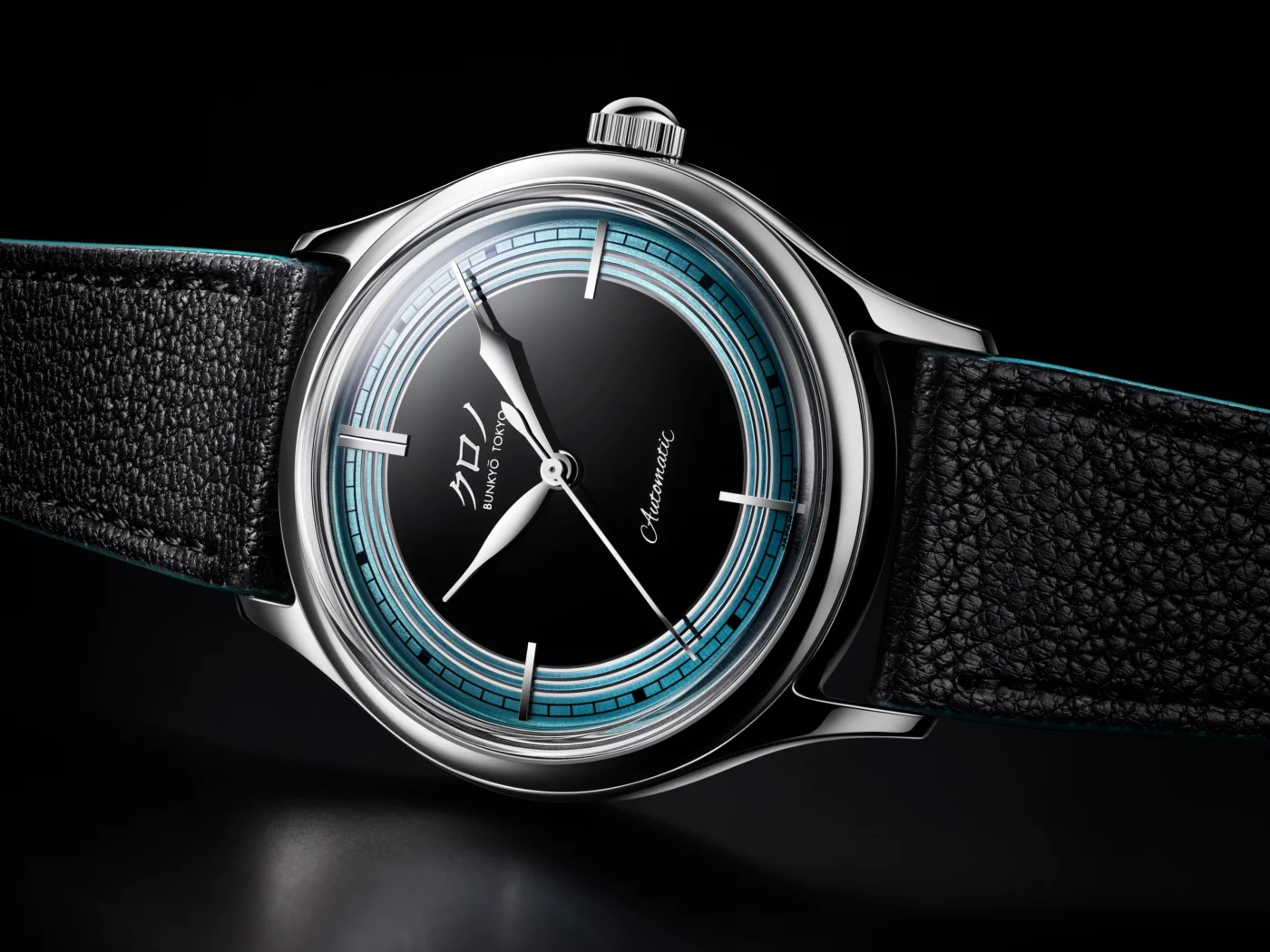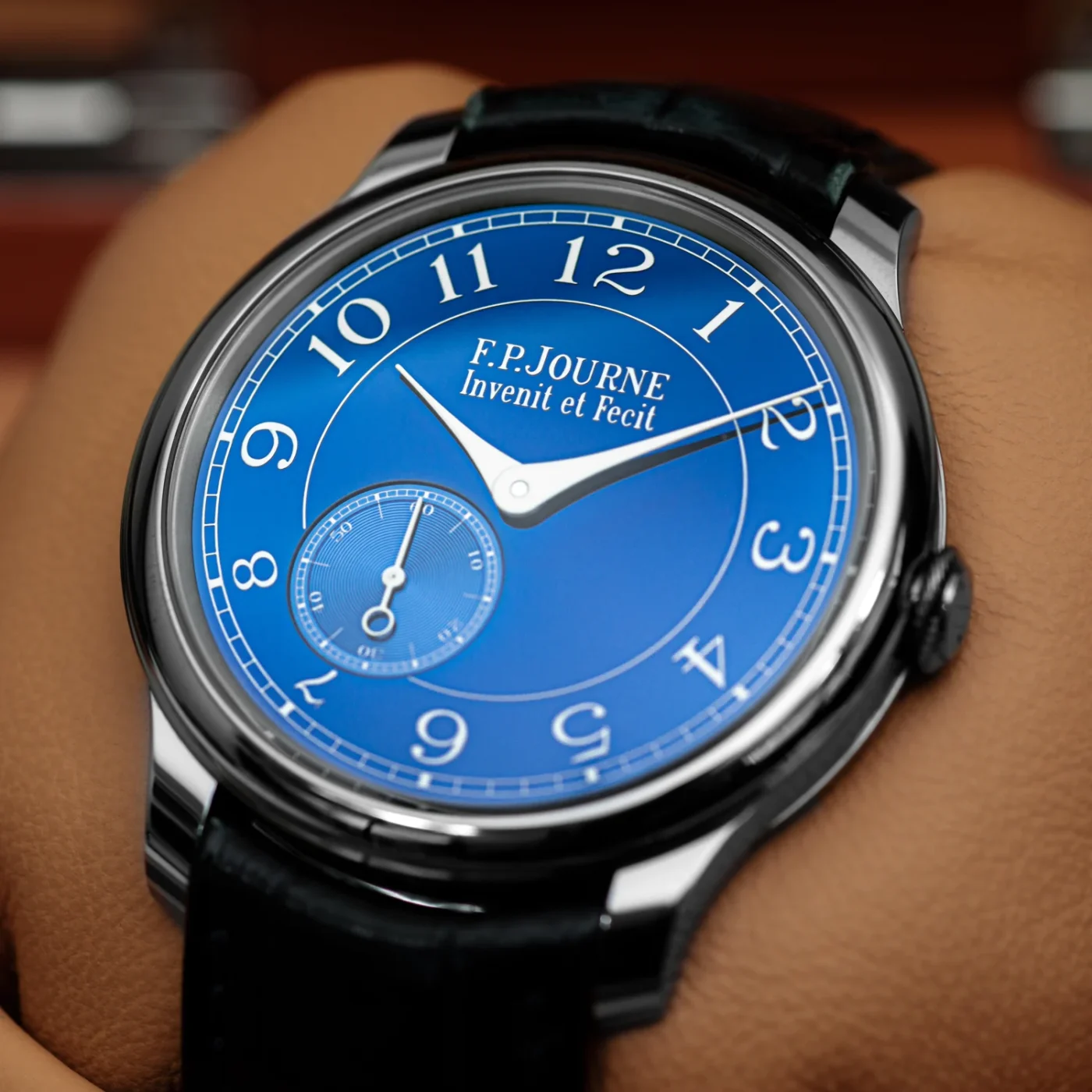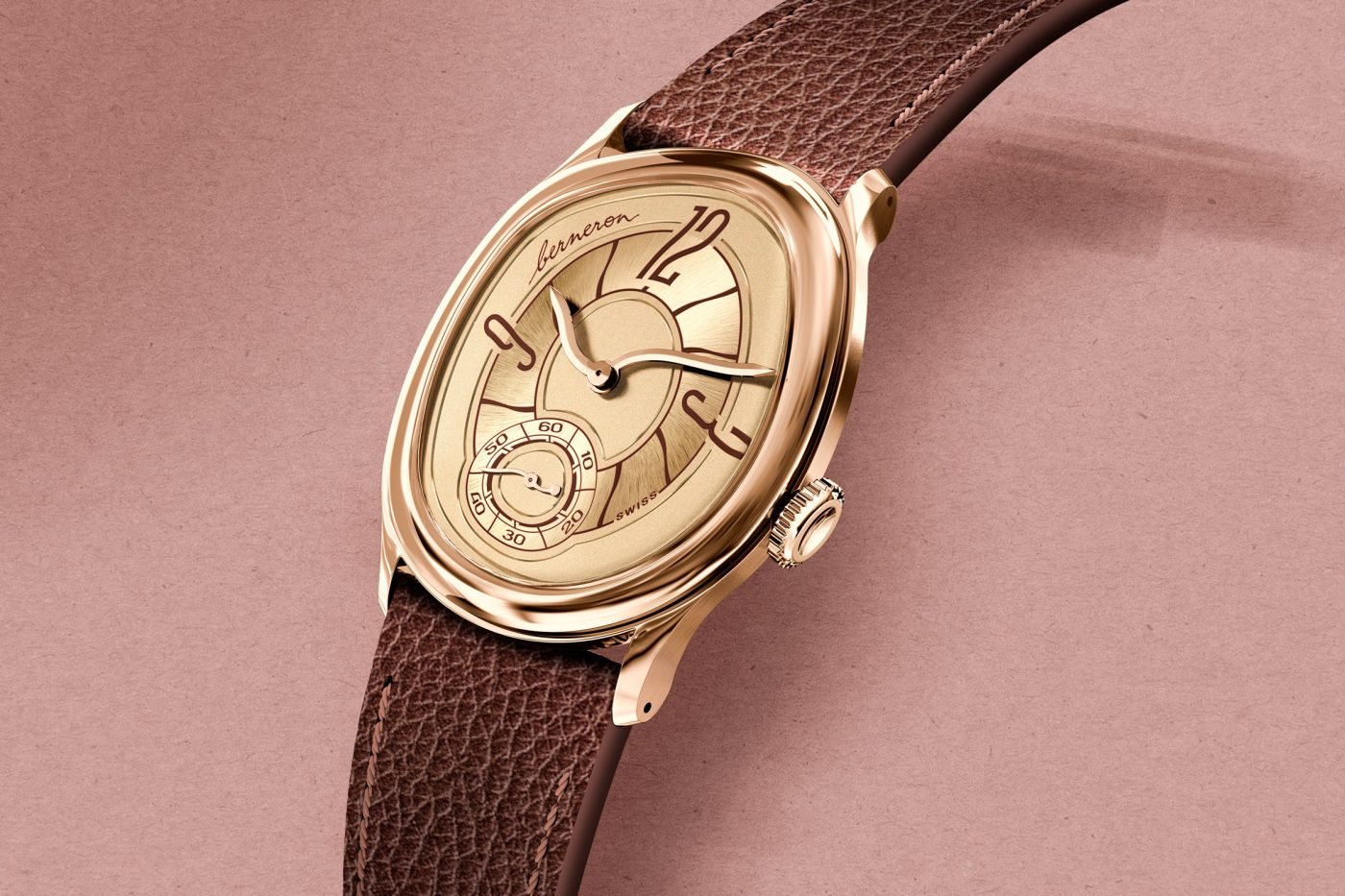Obscure, Unobtainable, often Outrageously Expensive, these Watches Eclipse Rolex and Patek

For decades, the gravitational pull of Rolex and Audemars Piguet has been inescapable. You wanted to be someone? You got yourself a Daytona or a Royal Oak. They were the uniform of the successful, the shorthand for money well-earned and taste acquired. Nothing has really changed there. Both brands still dominate the secondary market, still run impossible waitlists, still own the flex economy.
But if you are looking to make a genuinely smart move in 2025, it might be time to look elsewhere. Independent watchmakers, small ateliers, one-man workshops, niche microbrands you need to explain twice at a dinner party, have become the real MVPs of modern horology.
They are small batch, fiercely personal, and often harder to get than the steel sports Rolex you have been begging your AD for. They do not just exist outside the hype cycle. They are giving savvy collectors an alternative that feels more meaningful and in many cases, more valuable.
The appeal of independents comes down to three things: scarcity, spirit, and taste. When Rolex changes a dial colour, the forums catch fire. When an independent like Kari Voutilainen experiments with a new guilloché pattern, you get something that feels like it has been made just for you.

These are not mass-produced, boardroom-approved objects. They are labours of love. If you are going to park serious money in a watch, wouldn’t you rather it carry soul instead of marketing spin?
Collectors are beginning to realise that chasing a Pepsi GMT or a steel Nautilus is the obvious play, not the smart one. A Berneron Mirage, on the other hand, does not scream status from across the room. It quietly tells anyone who knows that you have made a better choice. Obscure, difficult, under-the-radar. That is the point.
One of the biggest misconceptions about independents is that they are always ultra-expensive. In reality, there is a spectrum.
Microbrands like Baltic, Laventure, and Kurono Tokyo start at around 1,000 to 5,000 AUD. They give collectors an accessible entry point into small-batch runs that feel niche but thoughtful. That is smarter than blowing five figures on something everyone else has.

Move up the ladder and you hit the 15,000 to 60,000 AUD range. Here you find independents like Ming, H. Moser & Cie, Kudoke, and newer names such as Berneron. These watches compete directly with steel Rolex and entry-level Patek, but they deliver personality and scarcity those brands cannot match.
Kudoke’s recent K5, unveiled during Geneva Watch Week, is a perfect example. A German independent turning a day/night dome into a full-dial spectacle, hand-engraved and priced under €20,000. That is value.
At the top end, you are in the territory of F.P. Journe, De Bethune and Greubel Forsey. Journe’s Chronomètre Bleu used to be a 30,000 AUD sleeper. Now they trade for over 100,000 AUD and outperform Rolex Daytonas. A Greubel Forsey tourbillon? $700,000 to $1.2 million. These are not just expensive. They are smart investments in wrist artistry.
Compare that to Richard Mille, where the entry level bleeds $250,000, or a Patek Nautilus at $90,000. Ask yourself what is actually worth the money. A Berneron Mirage at 30,000 AUD feels like a personal, intellectual choice. A Richard Mille at $500,000 often feels like you have just paid to join an crypto influencer’s club.
Not every smart choice involves six figures some brands are producing small-batch runs with obsessive detail that embarrass the big houses.
Some sell out in minutes, with resale premiums that mirror the Swiss heavyweights. They are the kind of play that says you are thinking differently about watches, not just lining up for whatever the forums told you to buy.
Rolex and AP love to talk scarcity, but it is contrived scarcity. AD games, waitlists, and artificial supply chokeholds. It’s a fugazi. We were told by the Audemars Piguet retailer in Geneva the wait time on a Royal Oak was 21 years. A story that Luke Bennedicuts bravely covered in a recent Financial Review piece.
With independents, scarcity is real. There is only so much one workshop can make. You are not just buying a watch, you are buying a slice of someone’s time and skill.
F.P. Journe is the perfect example. Even Mark Zuckerberg has gravitated toward Journe, choosing underdog independents over every Patek he could buy. For him, it is a way of signalling taste without screaming money.

But getting one is not quick. Journe himself admits waitlists can stretch to ten years. The Chronomètre Bleu in tantalum is quoted at five years minimum, and even after paying a deposit, collectors report waits of a year or more. Scarcity here is not hype. It is real.
Or take Raúl Pagès’ RP2, with its ghostly agate dial and baby-blue accents. A piece so personal and scarce it makes steel sports watches look generic.
And then there is Sylvain Berneron, who reportedly snapped at collectors who turned up late to see his Mirage at Geneva Watch Days, reminding them that his watches are his life’s work. When you buy an independent, you are not just buying a product. You are making a choice to support someone’s vision and stick it to the man, man.
In a world where everyone has the same SUV and the same stainless-steel sports watch, obscure taste is the new luxury.
A Patek Nautilus has basically become the go-to watch for high-end real estate agents and cashed-up drug dealers. It shouts money but says very little else.
A Voutilainen or a Berneron, on the other hand, whispers. It says you have got old money and superior judgment. And judgment is harder to fake.

Patek and Richard Mille may hold value, but most of their watches feel like financial instruments first, passion projects second. Independents flip that. They may be expensive, but they feel worth it.
And more importantly, they remind you that choosing a watch should not be about its perceived resale value. It should be about what the watch stands for.
Rolex and AP will always dominate, but the smarter play is to look where others are not.
Independents are carving out their own space. One where obscurity is currency, individuality is reward, and ownership feels like participation in art rather than just parking money in a safe.
The hype machine will keep Rolex and Patek headlines rolling and page views ticking up. But the better choice, the one collectors will thank themselves for in ten years, is to go independent.
Because right now, the real MVPs of watchmaking are not playing at the top tables in Geneva. They are working quietly, making fewer than a thousand pieces a year, and offering something hype never can: a smarter, more meaningful way to collect.
And at the end of the day, the best watch you can buy is not the one everyone else wants. It is the one that stands for something, and says something about you.
dmarge





